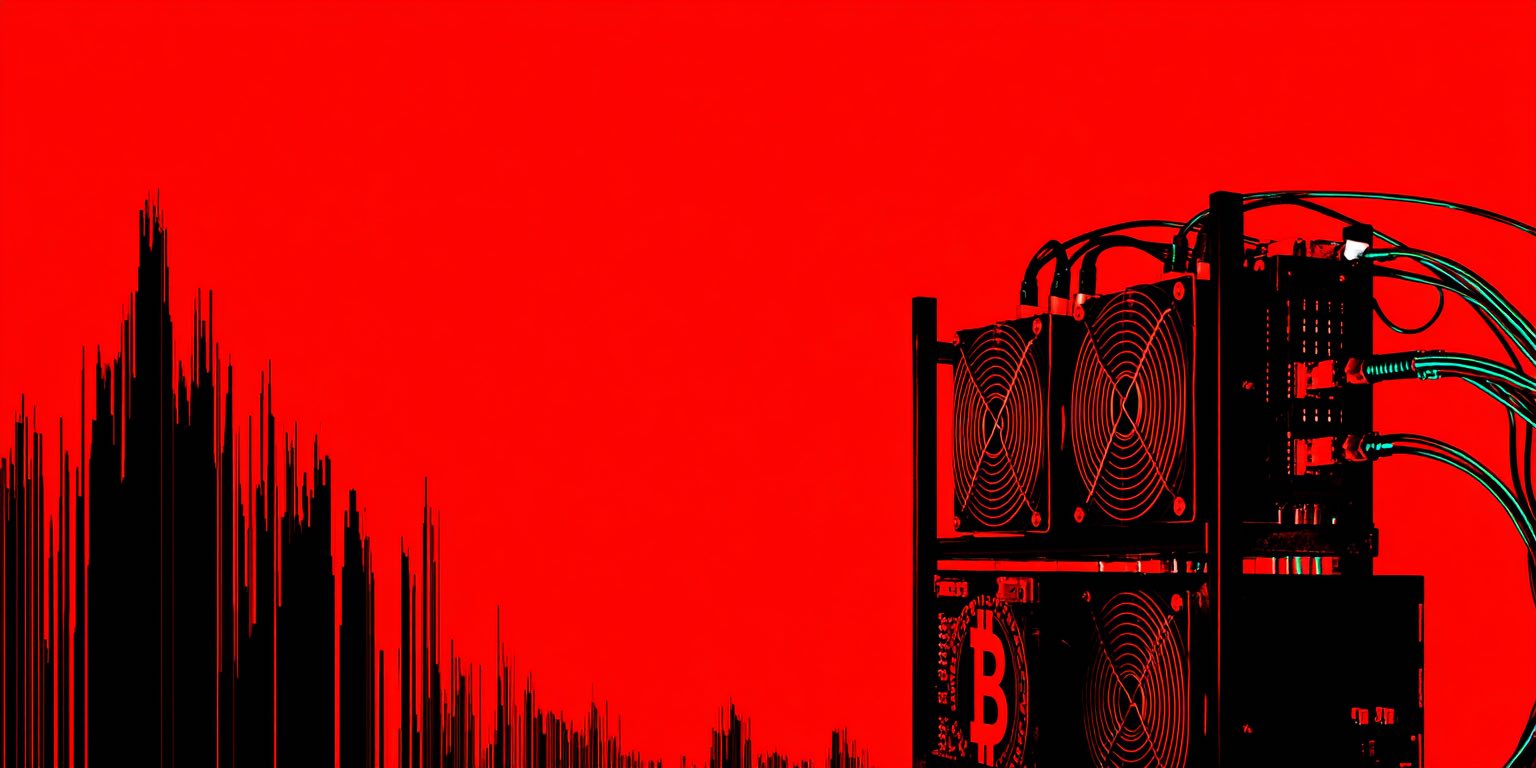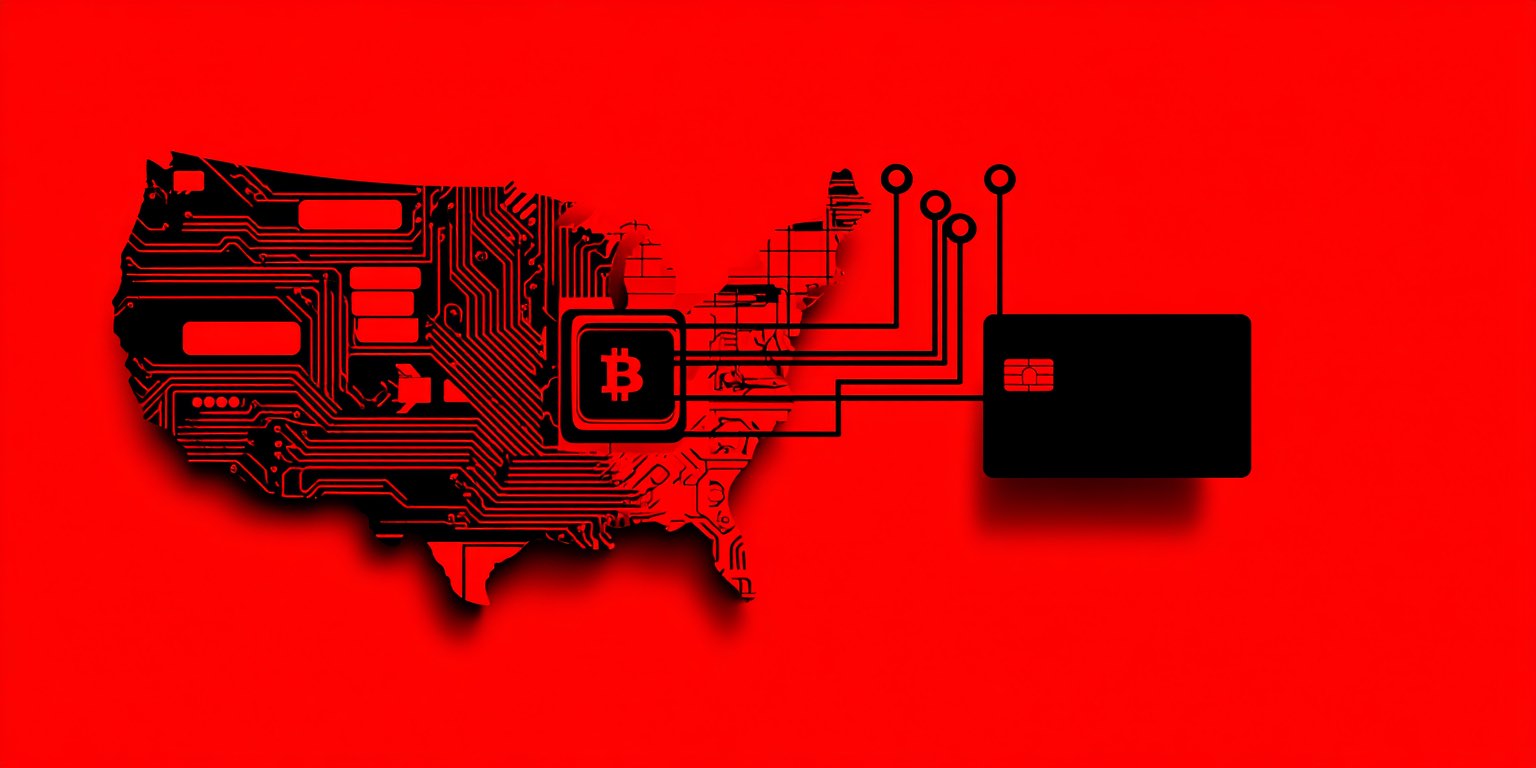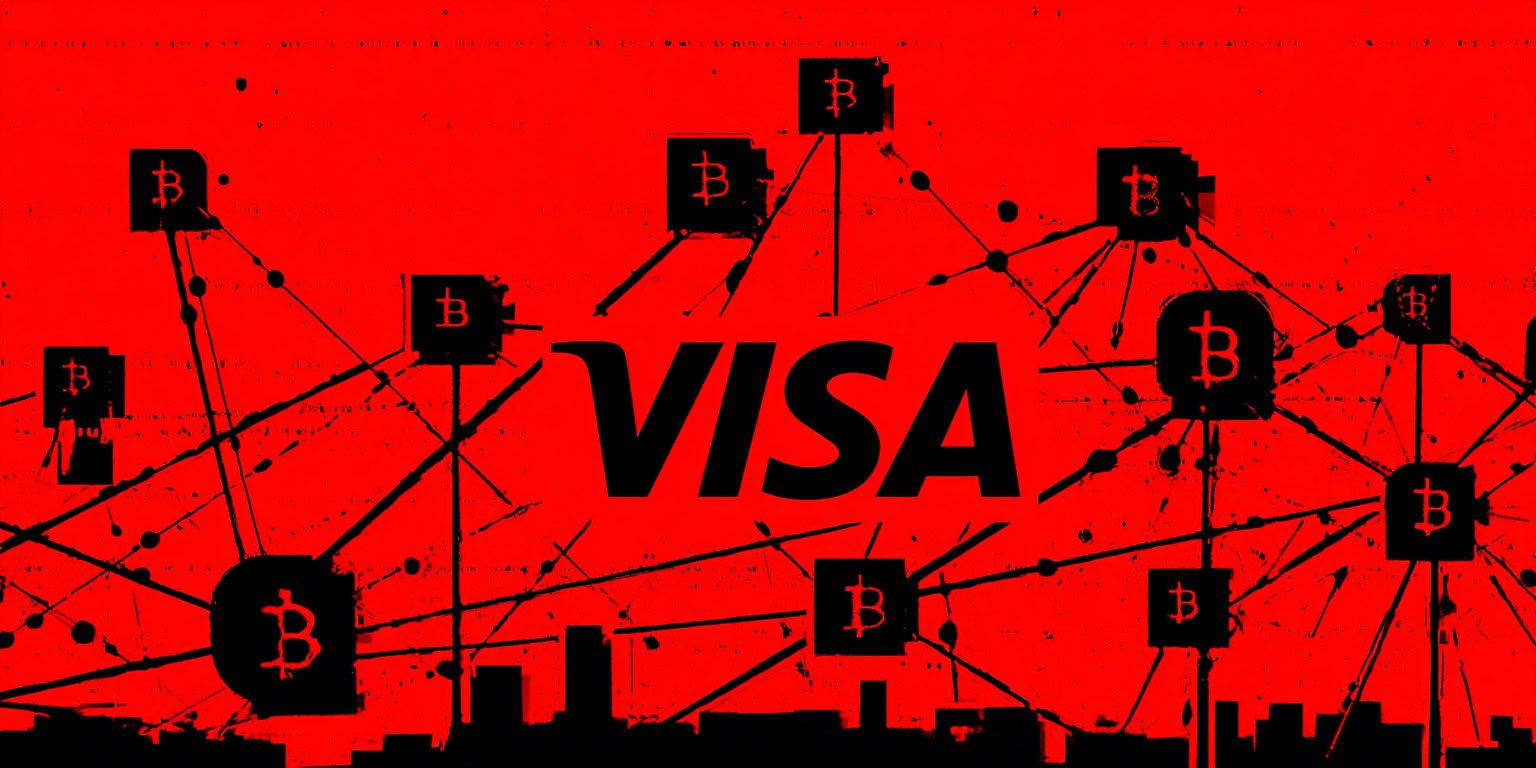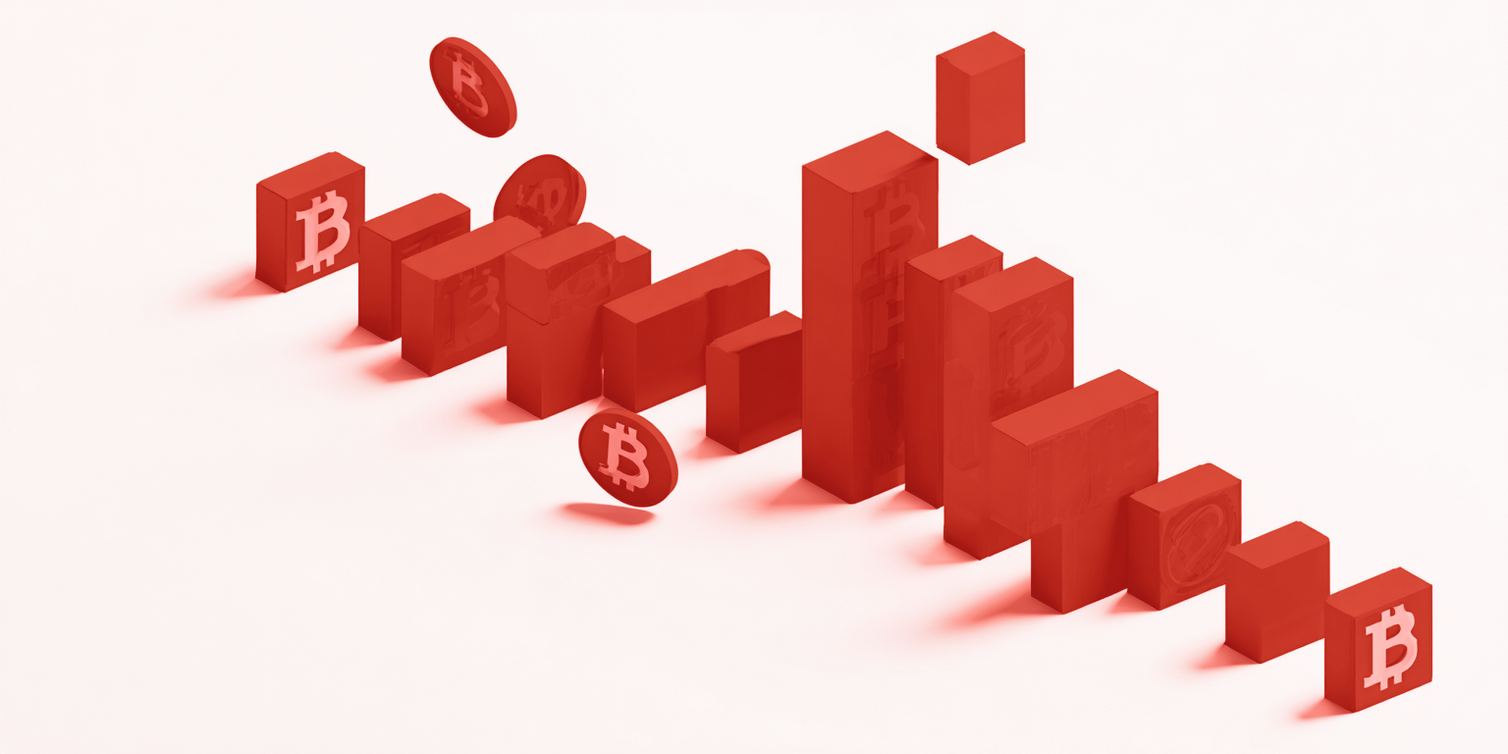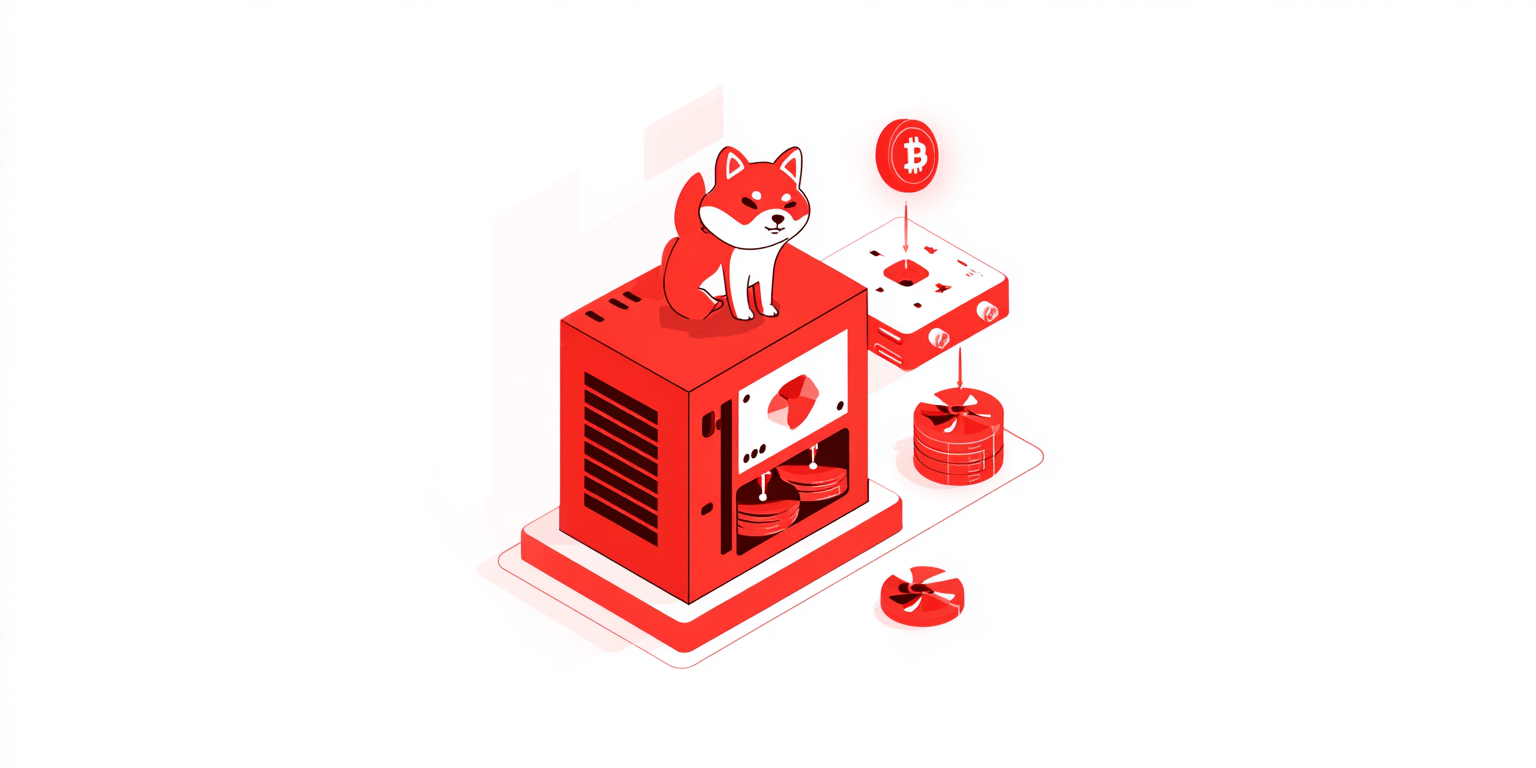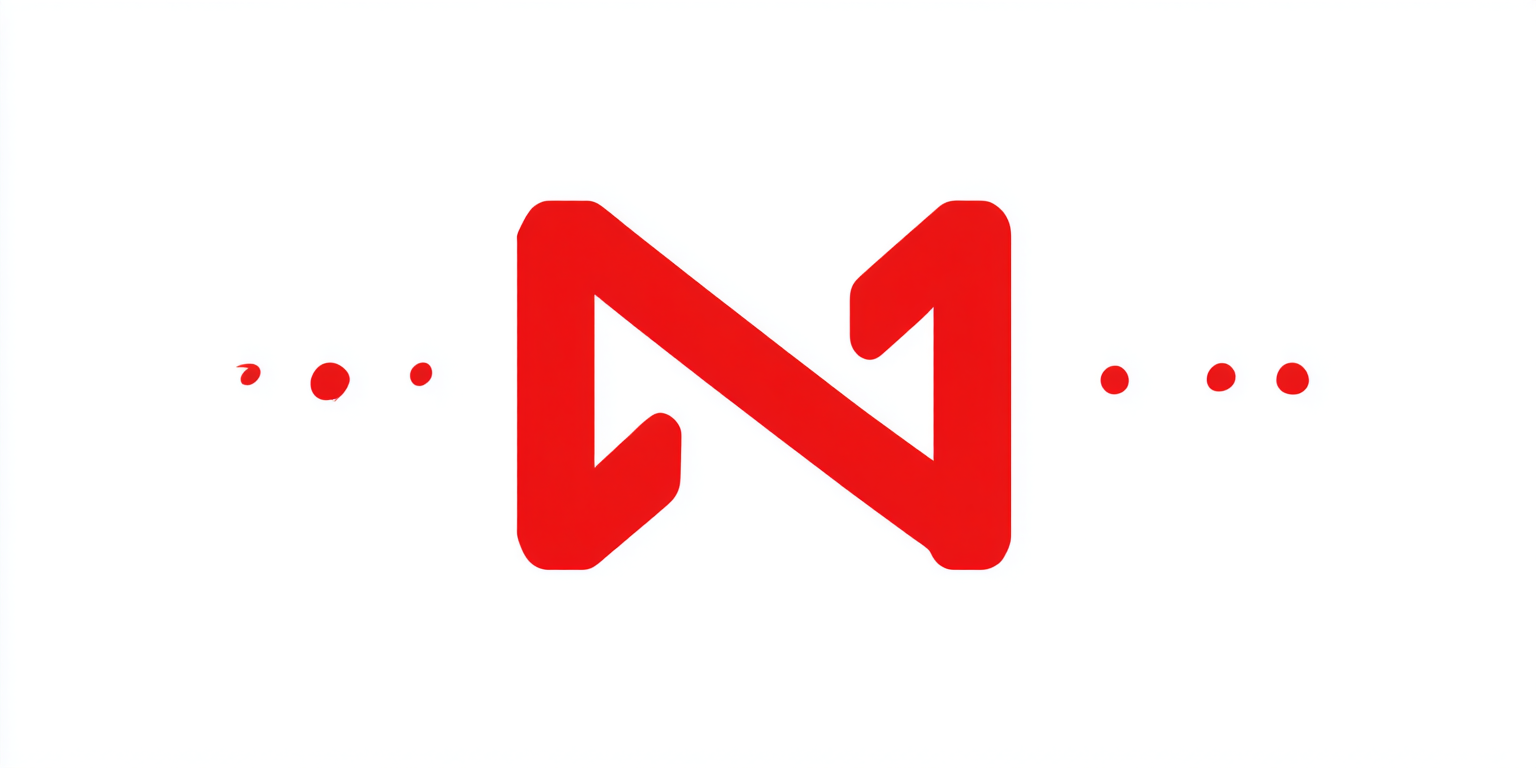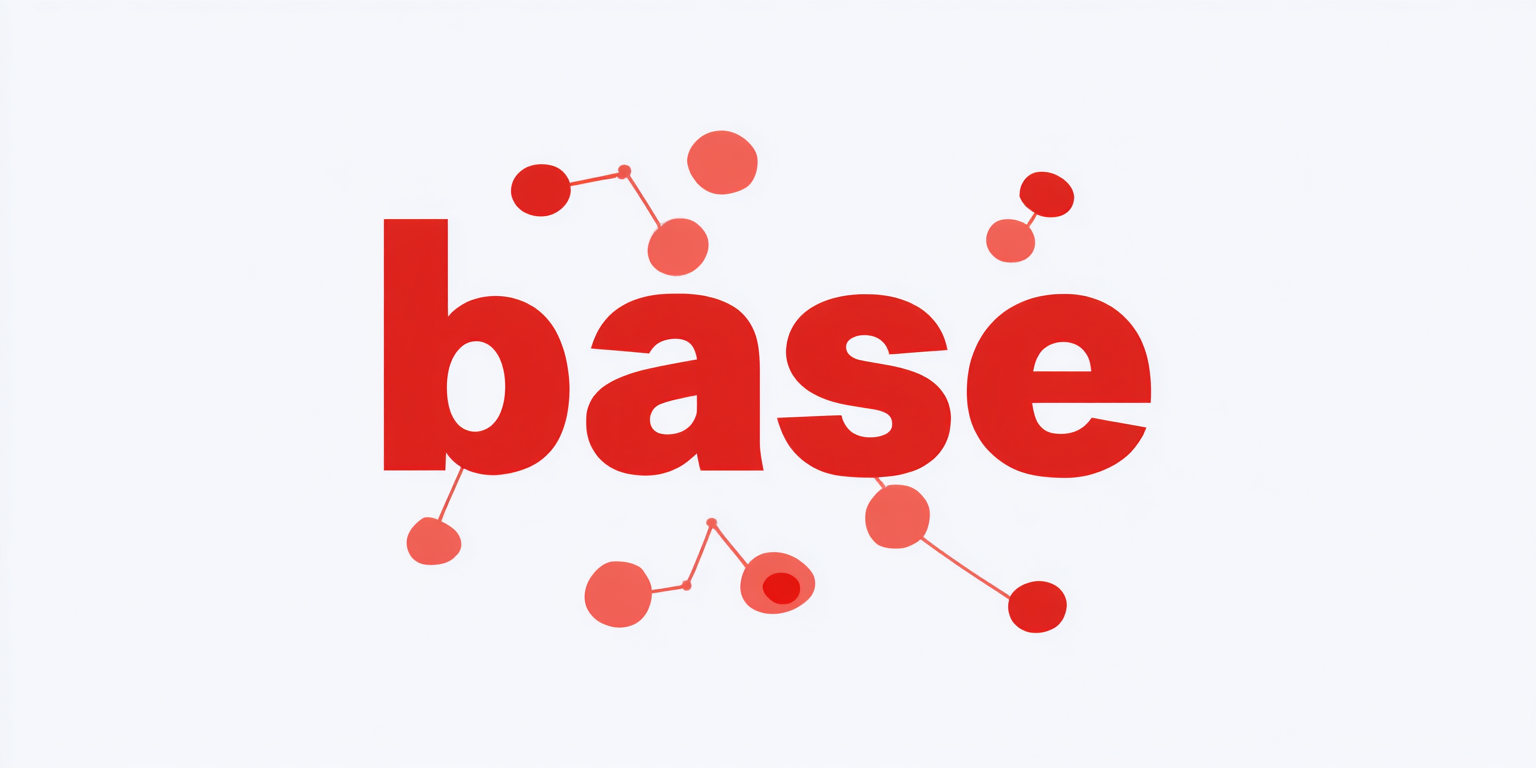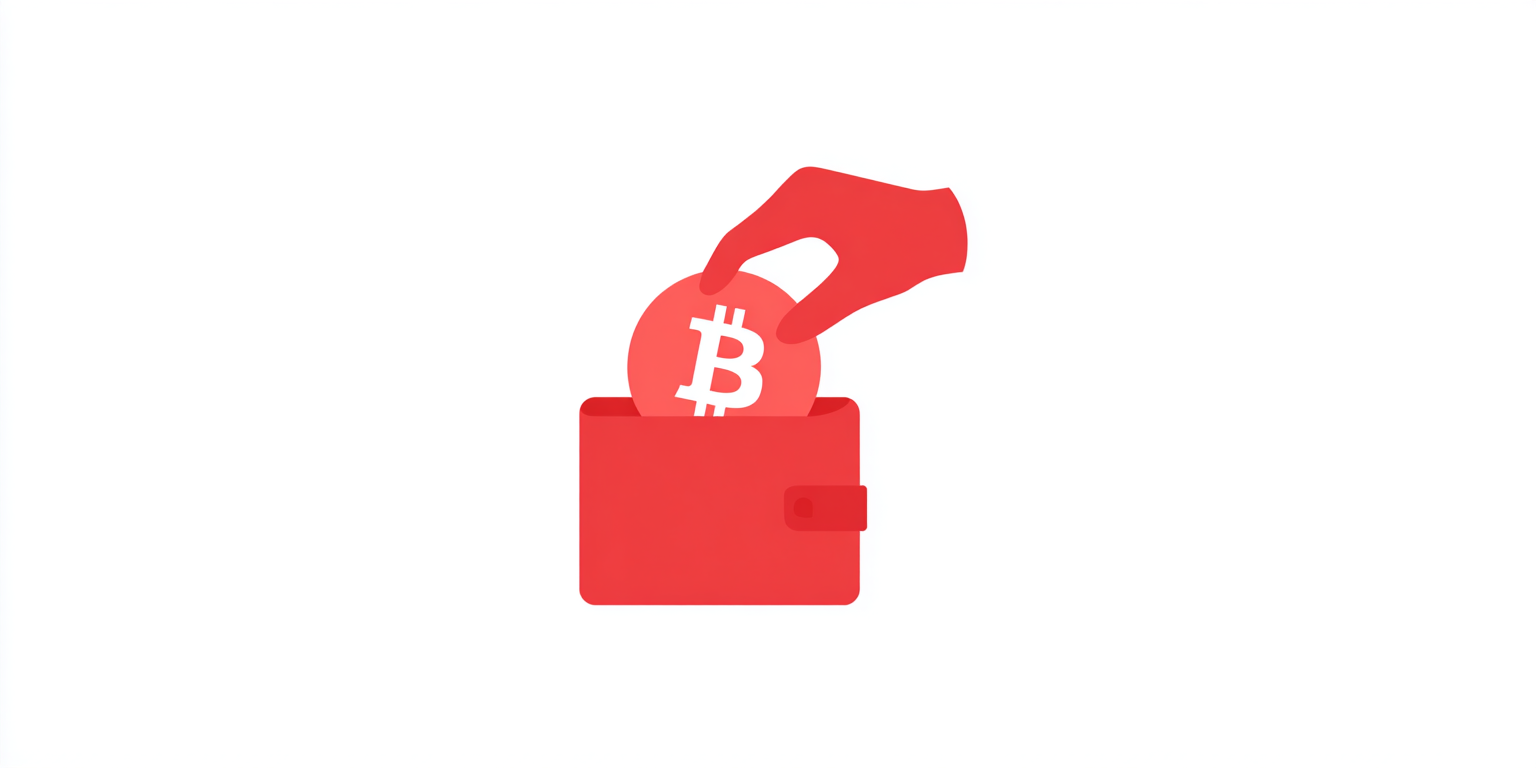Biotech (BIOTECH) Metrics
- No results
- No results
Biotech Price Chart Live
Price Chart
0.06%
Biotech (BIOTECH)
What is Biotech ?
Biotech is a cryptocurrency designed to facilitate transactions within the biotechnology industry. As a token, it aims to streamline processes such as funding for biotech research and development, enhancing collaboration among stakeholders. This blockchain project operates on the Ethereum blockchain, leveraging smart contracts to ensure secure and transparent transactions. Biotech tokens are primarily used for payments and incentivizing participation in biotech initiatives, promoting innovation in the sector.
When and how did Biotech start?
Biotech was launched in 2021 as a project aimed at integrating blockchain technology with the biotech industry. The initiative was developed by a team of professionals with expertise in both biotechnology and blockchain, although specific founder details are not widely publicized. Early in its development, Biotech gained traction by securing initial funding and was subsequently listed on various cryptocurrency exchanges, which helped increase its visibility and adoption within the digital asset space.
What’s coming up for Biotech ?
Biotech is poised for significant advancements as it approaches its next major roadmap update, which includes the launch of its decentralized application (dApp) aimed at enhancing user engagement and accessibility. The upcoming features will focus on integrating advanced data analytics for biotech research, positioning the platform as a key player in the intersection of blockchain and biotechnology. Additionally, the community plans to host a series of webinars and workshops to educate users on the platform's capabilities and foster collaborative projects. With these developments, Biotech aims to expand its use cases, making it an essential tool for researchers and developers in the biotech sector.
What makes Biotech stand out?
Biotech stands out from other cryptocurrencies due to its unique focus on the biotechnology sector, leveraging blockchain technology to enhance research and development in health and medicine. Its special feature includes a decentralized platform that facilitates collaboration among scientists and researchers, enabling real-world use cases such as data sharing and funding for biotech projects. Compared to traditional cryptocurrencies, Biotech employs a consensus mechanism that prioritizes scientific contributions, creating a tokenomics model that rewards innovation and collaboration within the biotech community.
What can you do with Biotech ?
Biotech is primarily used as a utility token within its ecosystem, enabling payments for services and products. Users can engage in staking to earn rewards and participate in governance decisions affecting the platform. Additionally, Biotech facilitates access to DeFi apps and NFTs, enhancing its utility across various blockchain applications.
Is Biotech still active or relevant?
Biotech is currently active with ongoing development and a dedicated community presence. It is still traded on various exchanges, indicating sustained interest and engagement from investors. Recent developer updates suggest that the project is not abandoned and continues to evolve within the crypto space.
Who is Biotech designed for?
Biotech is built for investors and businesses in the biotechnology sector, aiming to facilitate funding and innovation in life sciences. Its target audience includes developers and researchers looking to leverage blockchain technology for biotech applications. This coin is adopted by a community focused on advancing healthcare solutions through decentralized finance (DeFi) and collaborative projects.
How is Biotech secured?
Biotech secures its network through a unique consensus method known as Proof of Authority (PoA), which relies on a limited number of trusted validators to confirm transactions and create new blocks. This approach enhances network security by ensuring that only reputable nodes participate in the consensus process, thereby providing robust blockchain protection against malicious attacks. The validator setup is designed to maintain integrity and efficiency, contributing to the overall resilience of the Biotech network.
Has Biotech faced any controversy or risks?
Biotech has faced significant risks including extreme volatility, which can lead to substantial losses for investors. The project has also been associated with controversies surrounding security incidents and potential legal issues, raising concerns about its long-term viability. Additionally, there is an ongoing risk of rug pulls, a common threat in the cryptocurrency space, which may affect investor confidence.
Biotech (BIOTECH) FAQ – Key Metrics & Market Insights
Where can I buy Biotech (BIOTECH)?
Biotech (BIOTECH) is widely available on centralized cryptocurrency exchanges. The most active platform is Raydium, where the SOL/BIOTECH trading pair recorded a 24-hour volume of over $0.100002.
What’s the current daily trading volume of Biotech ?
As of the last 24 hours, Biotech 's trading volume stands at $0.100002 .
What’s Biotech ’s price range history?
All-Time High (ATH): $0.012527
All-Time Low (ATL): $0.00
Biotech is currently trading ~79.45% below its ATH
.
How is Biotech performing compared to the broader crypto market?
Over the past 7 days, Biotech has gained 0.00%, underperforming the overall crypto market which posted a 0.64% gain. This indicates a temporary lag in BIOTECH's price action relative to the broader market momentum.
Trends Market Overview
#2752
148.76%
#1880
143.24%
#286
65.12%
#236
37.56%
#780
36.17%
#541
-48.96%
#2521
-45.26%
#3915
-29.66%
#1712
-28.05%
#3927
-25.16%
#1
0.21%
#8284
no data
News All News
Education All Education
Biotech Basics
| Tags |
|
|---|
Similar Coins
Popular Coins
Popular Calculators
Biotech Exchanges
Biotech Markets
What is Market depth?
Market depth is a metric, which is showing the real liquidity of the markets. Due to rampant wash-trading and fake activity - volume currently isn't the most reliable indicator in the crypto space.
What is it measuring?
It's measuring 1% or 10% section of the order book from the midpoint price (1%/10% of the buy orders, and 1%/10% of the sell orders).


Why it is important to use only 1% or 10%?
It's important, because measurement of the whole order book is going to give false results due to extreme values, which can make false illusion of liquidity for a given market.
How to use it?
By default Market depth is showing the most liquid markets sorted by Combined Orders (which is a sum of buy and sell orders). This way it provides the most interesting information already. Left (green) side of the market depth bar is showing how many buy orders are open, and right (red) side of the bar is showing how many sell orders are open (both can be recalculated to BTC, ETH or any fiat we have available on the site).


Confidence
Due to rampant malicious practices in the crypto exchanges environment, we have introduced in 2019 and 2020 new ways of evaluating exchanges and one of them is - Confidence. Because it's a new metric - it's essential to know how it works.
Confidence is weighted based on 3 principles:
Based on the liquidity from order books (75%) - including overall liquidity and market depth/volume ratio, volumes included, if exchange is low volume (below 2M USD volume 24h)
Based on web traffic (20%) - using Alexa rank as a main indicator of site popularity
Based on regulation (5%) - researching and evaluating licensing for exchange - by respective institutions
Adding all of these subscores give overall main result - Confidence
Confidence is mainly based on liquidity, because it's the most important aspect of cryptocurrency exchanges. Without liquidity there is no trading, illiquid markets tend to collapse in the long term. Besides liquidity - there is also an additional factor in calculation of score - market depth/volume ratio. If volume is huge (especially when it’s growing much faster than liquidity), and market depth seems to not keep pace with - it's reducing overall score. Exchanges that keep market makers liquidity with expanding volume are those that keep all ratios in-tact and have overall score above 75-80% (it means that they have all liquidity ratios above minimum requirements, high web traffic participation, and are often regulated).
Other coins worth interest - similar to Biotech
- usd
| # | Name | MarketCap | Price | Volume (24h) | Circulating Supply | 7d chart | ||
|---|---|---|---|---|---|---|---|---|
| 7 |  | USDC USDC | $75,944,913,768.00 | $1.001028 | $10,033,181,336.00 | 75,866,942,293 | ||
| 13 |  | WETH WETH | $14,581,528,730.00 | $3,871.99 | $429,255,204.00 | 3,765,896 | ||
| 14 |  | Wrapped Bitcoin WBTC | $14,442,301,094.00 | $110,097.00 | $185,131,509.00 | 131,178 | ||
| 18 |  | Chainlink LINK | $10,727,092,417.00 | $17.11 | $462,297,192.00 | 626,849,970 | ||
| 26 |  | Usds USDS | $7,896,077,299.00 | $1.000928 | $41,456,029.00 | 7,888,752,944 |
Biotech Liquidity
| BIOTECH Price | $0.012108 0.00% |
|---|---|
| 24h Volume | $0.100002 0.00% |
What is Market depth?
Market depth is a metric, which is showing the real liquidity of the markets. Due to rampant wash-trading and fake activity - volume currently isn't the most reliable indicator in the crypto space.
What is it measuring?
It's measuring 1% or 10% section of the order book from the midpoint price (1%/10% of the buy orders, and 1%/10% of the sell orders).


Why it is important to use only 1% or 10%?
It's important, because measurement of the whole order book is going to give false results due to extreme values, which can make false illusion of liquidity for a given market.
What is showing Historical Market Depth?
Historical Market Depth is showing the history of liquidity from the markets for a given asset. It’s a measure of combined liquidity from all integrated markets on the coinpaprika’s market depth module.
Select widget version:
Display Price
Display Markets Metrics
Display Price Chart
Primary display currency:
- usd
Select widget mode:
Day
Night
Select custom date
Widget preview:
USD is not valid currency for CoinPaprika widget. Please select one of these currencies USD, PLN




 Biotech
Biotech








